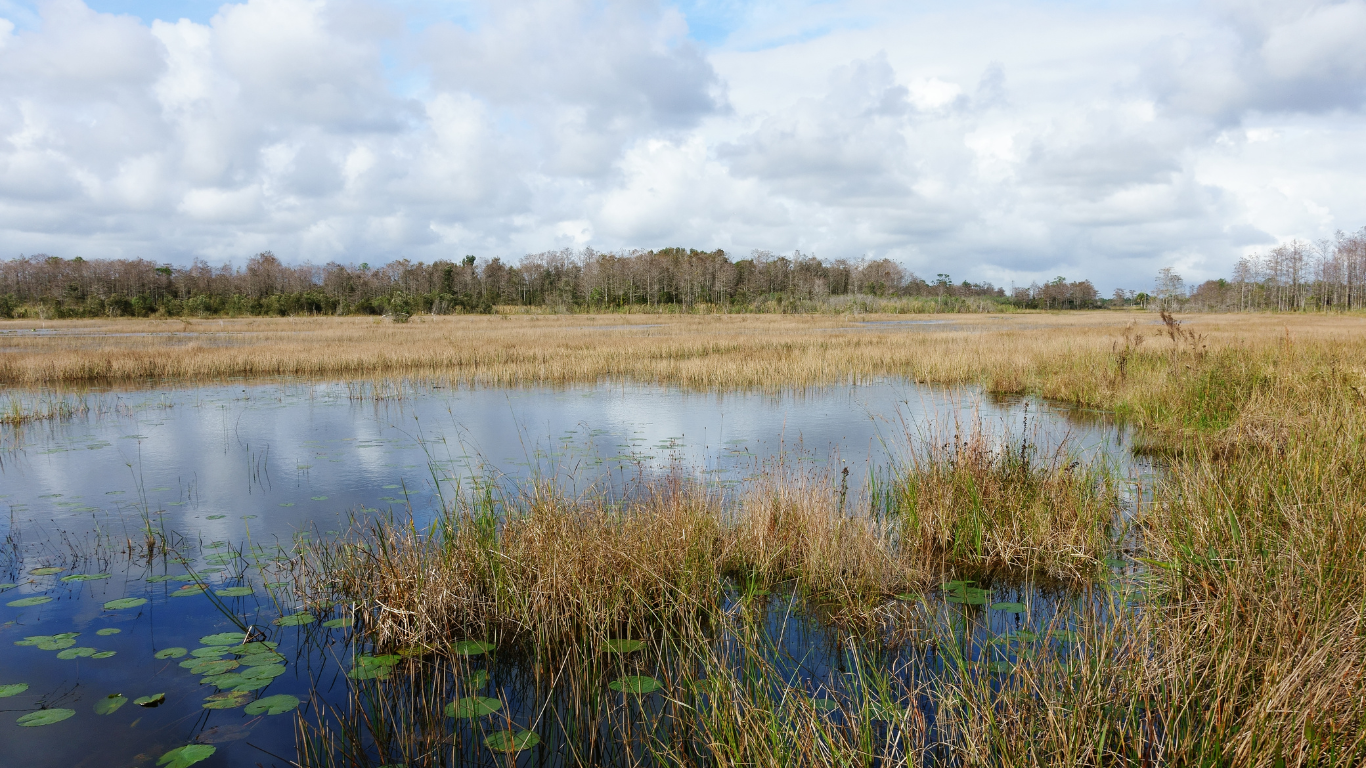Building Capacity to Eliminate Discharges from Grey Infrastructure in Hampton Roads

Communities in the Chesapeake Bay watershed with municipal separate storm sewer system (MS4) permits are required to screen their stormwater outfalls to detect illicit discharges of sewage and other pollutants and take actions to eliminate them. In 2014, the EPA Chesapeake Bay Program (CBP) assembled an Expert Panel to evaluate the nutrient load reductions associated with the elimination of illicit discharges. The panel concluded that nutrient discharges from the sewer system collectively can contribute a significant portion of the dry weather nutrient loads in urban watersheds, and identified a set of actions above and beyond what is required in MS4 permits that communities can take to earn additional nutrient reductions that count toward their local and Chesapeake Bay total maximum daily load (TMDL) goals.
With a grant from the National Fish and Wildlife Foundation, the Center partnered with Hampton Roads Planning District Commission (HRPDC) and Lori A. Lilly Environmental Solutions to develop and conduct Illicit Discharge Detection and Elimination (IDDE) training for 12 local governments in the region (Phase I and Phase II MS4s). The primary objectives for this project were to:
- build capacity within these localities to undertake IDDE programs that go above and beyond minimum permit requirements,
- tailor IDDE procedures to unique conditions of the Coastal Plain, where tidal and high water table influences create challenges,
- provide training and technical assistance to both programmatic staff and field personnel from multiple departments within the 12 MS4 localities, and
- develop deliverables that can be shared with other coastal areas in the Bay watershed.
 Key accomplishments of this project were: a hands-on training workshop with 55 participants; development of a field and program guide that incorporates field procedures (with coastal plain adaptations) and programmatic guidance that uses the CBP Expert Panel report and makes it specific and achievable with relevant field and program tracking forms; and production of two online IDDE videos that can be used for ongoing staff (and community) training. HRPDC staff engineered the video while other team members contributed by recording narratives and suggesting edits to audio and visual sequencing. The videos are located on the HRPDC YouTube page and include:
Key accomplishments of this project were: a hands-on training workshop with 55 participants; development of a field and program guide that incorporates field procedures (with coastal plain adaptations) and programmatic guidance that uses the CBP Expert Panel report and makes it specific and achievable with relevant field and program tracking forms; and production of two online IDDE videos that can be used for ongoing staff (and community) training. HRPDC staff engineered the video while other team members contributed by recording narratives and suggesting edits to audio and visual sequencing. The videos are located on the HRPDC YouTube page and include:Identifying Illicit Discharges in the Coastal Plain
Tracking & Eliminating Illicit Discharges in the Coastal Plain
This project featured strong and constructive partnerships between team members, HRPDC staff, and local government staff. The positive atmosphere allowed the various players to each contribute to the project outcomes based on their unique resources and skills.
